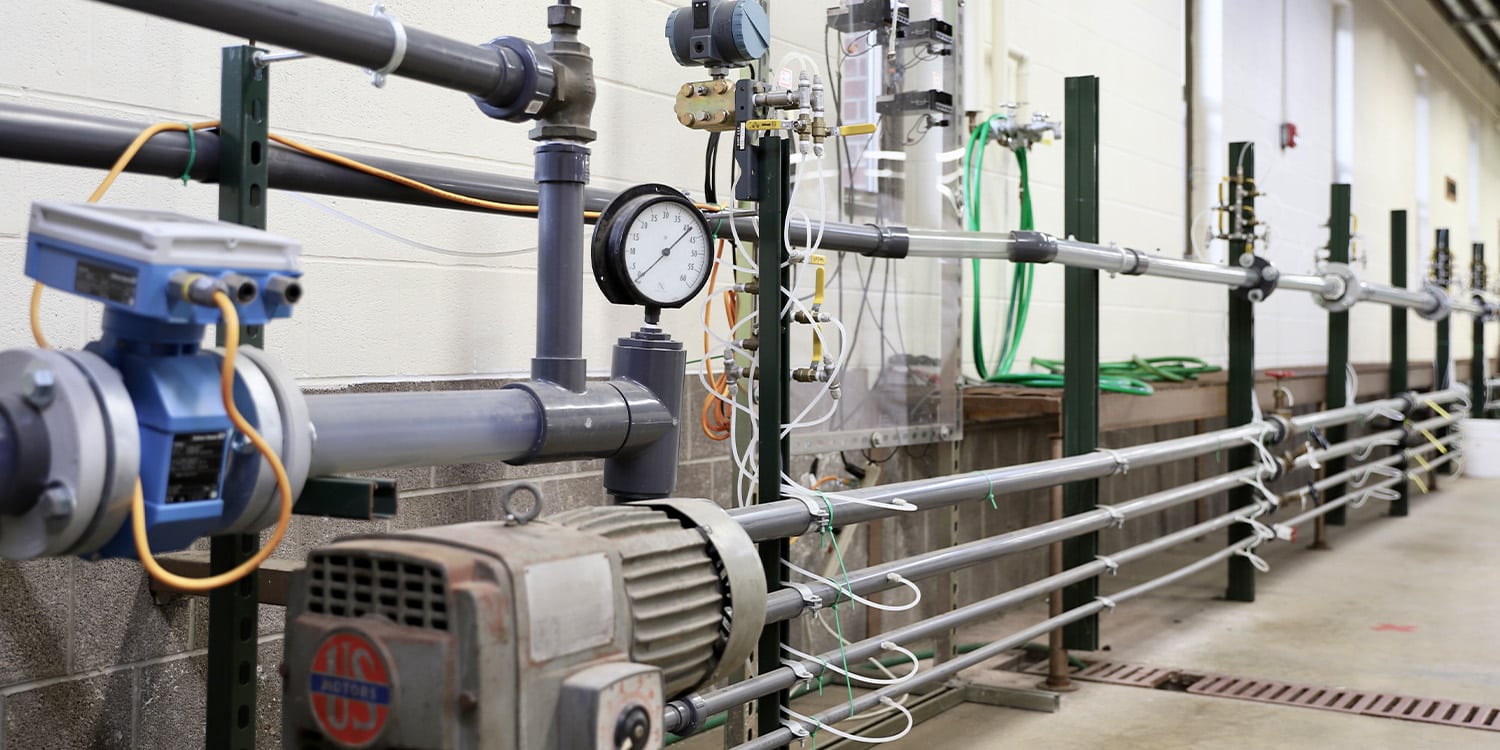Theme III aims to explore efficient and sustainable approaches for recycling or upcycling End-of-Life (EoL) products identified in Theme II and test their degradability and ability to sequester carbon. The key deliverables include developing tailored recycling/upcycling approaches, improving material recovery, retaining product quality, and paving the way for a shift from a linear to a circular economy for PHA composites. This involves achieving four research goals.
EoL Product Validation
Goal 1 investigates various recycling and upcycling approaches to valorize the EoL products of 3D/4D printing filaments. We hypothesize that achieving a circular economy for PHA composites depends on the integrated utilization of multiple recycling and upcycling approaches by identifying tailored valorization methods for various 3D/4D printing wastes and related films. This hypothesis will be tested by Lab-scale experiment of various recycling and upcycling approaches including mechanical methods (re-extrusion), chemical recycling or repurposing, and thermal depolymerization, followed by Materials/Products characterization and analysis.
3D/4D Printing Circular Economy Strategy
Goal 2 elucidates the mechanism and strategy for 3D/4D printing circular economy. We hypothesize that the key elements for a PHA composites circular economy application include: (a) elucidating the key reactions, (b) integrating mechanisms with experimental findings, together with (c) economic and life-cycle environmental analyses. To address these aspects, we aim to develop actionable strategies to promote circular economy principles and enhance sustainability in the 3D/4D printing industry.
PHA Composites Degradation
Goal 3 elucidates the degradability of PHA composites in various environments. Understanding the degradability of PHA composites is crucial to assessing their potential as sustainable alternatives to conventional plastics. It is hypothesized that the different chemical compositions and molecular structures of PHA composites will modify the degradation ratio under composting and marine environments. Owing to higher microbial activity and temperature, compositing conditions will accelerate the degradation compared to marine environments with lower microbial populations and temperatures. We will investigate the effects of compositions and structures of the composites on the degradation and thermomechanical properties.
Biocomposite Testing Protocols
Goal 4 develops standardized testing protocols for degradability and carbon sequestration. Standardized testing protocols for the degradability of the biocomposites will provide reproducible and reliable results across different laboratories, enabling accurate comparisons of their environmental impact and carbon sequestration potential. It is hypothesized that these standardized methods will highlight the effectiveness of PHA composites in carbon sequestration, thereby promoting their use in sustainable applications. In this work, we will develop of laboratory degradation testing protocols for PHA composite materials and analysis of environmental impact and byproducts of degradation with a focus on carbon sequestration.

